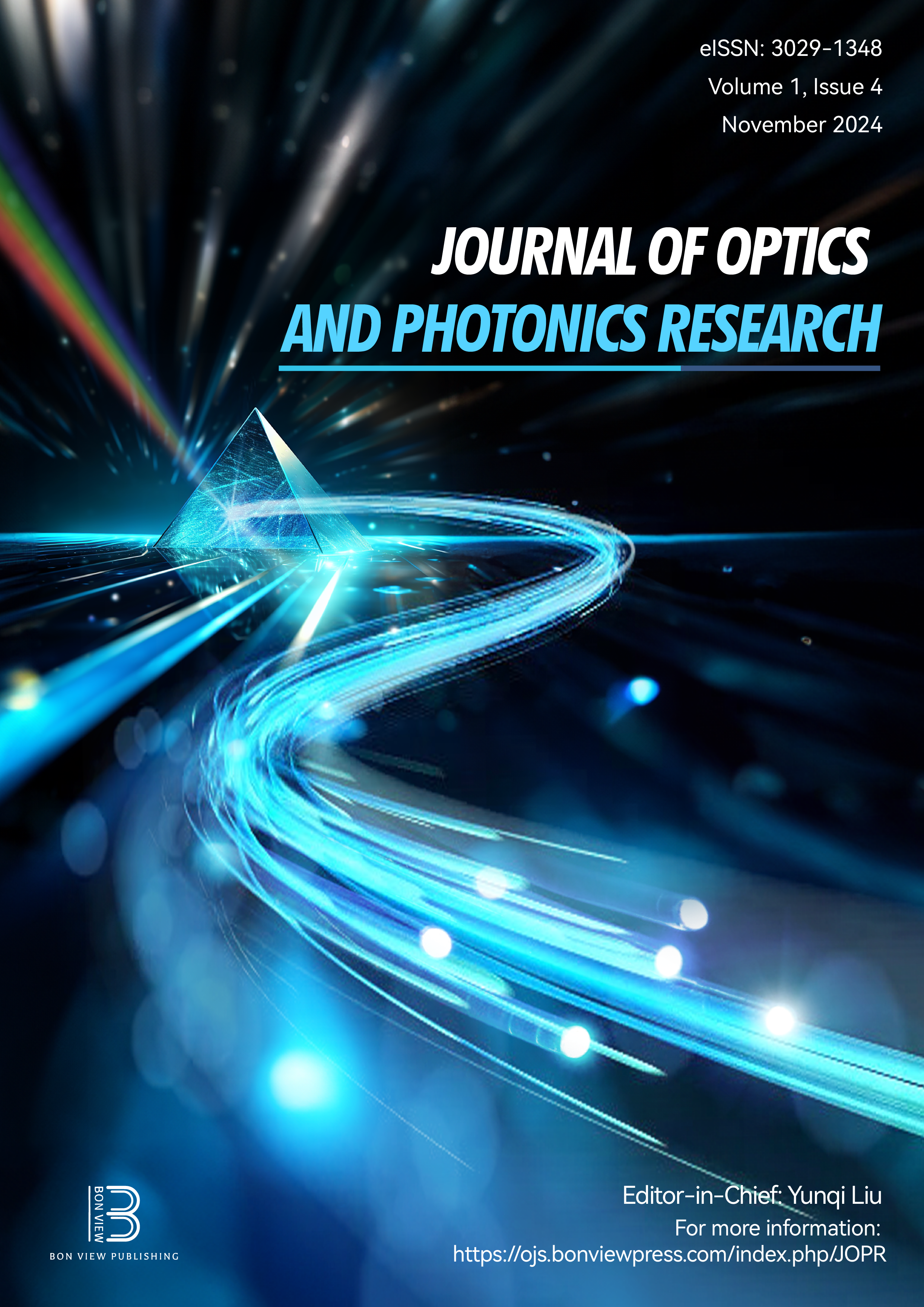Exploring the Feasibility of Eu(TTA)3TPPO as Pigment for Fluorescent Paint
DOI:
https://doi.org/10.47852/bonviewJOPR42022509Keywords:
β-diketonate, europium, binder, epoxy, urea-formaldehyde, fluorescent paintAbstract
We outline the synthesis of rare earth hybrid organic β-diketonate Eu(TTA)3TPPO complex [Eu: Europium, TTA: Thenoyltrifluoroacetone, TPPO: Triphenylphosphine oxide] pigment to formulate luminous paints. Epoxy and urea-formaldehyde resins were synthesized by catalytic homo polymerization and solution polymerization technique, respectively. The fluorescent pigment was synthesized at ambient temperature by solution technique, maintaining the stoichiometric ratio at pH 7. Nextly, fluorescent paint was developed on glass substrate with epoxy (E) and urea-formaldehyde (UF) resins and toluene as solvent with thickness 0.1 mm, respectively. Photoluminescence spectra and photometric assessment of the complex were carried out to probe its photophysical parameters. The excitation spectra of the synthesized complex depict a wide-ranging excitation peak at 466 nm with a wide shoulder at 538 nm, while emission spectra disclosed an intense peak, recorded at 617 nm which portrays color in the reddish-orange region of the visible spectrum. The paint compositions were checked for tack-free, hard dry, adhesion, water, salt, alkali, and acid spray test to study their resistance against distinct surroundings. The painted panels also portrayed reddish-orange emission at a unique wavelength of 617 nm. Amid all the paint compositions, the intensity of the painted panel with UF as a binder was found to be maximum, followed by the painted panel with epoxy as the binder. Photometric evaluation revealed reddish-orange emission from pure pigment as well as painted panels, which are portrayed in the visible spectrum. This proposes a way to develop fluorescent paints that find applications in several areas such as flexible displays, glow-in-dark road paints, OLED devices, automotive rare lighting, fluorescent sensors, aircraft cabin and floor lighting, architectural and interior decorations, and many more.
Received: 23 January 2024 | Revised: 1 April 2024 | Accepted: 27 May 2024
Conflicts of Interest
The authors declare that they have no conflicts of interest to this work.
Data Availability Statement
Data are available on request from the corresponding author upon reasonable request.
Author Contribution Statement
Vyankatesh Rajhans: Formal analysis, Investigation, Data curation, Writing – original draft, Visualization. N. Thejo Kalyani: Conceptualization, Methodology, Validation, Resources, Writing – review & editing, Supervision, Project administration. Akhilesh Ugale: Software, Writing – review & editing. S. J. Dhoble: Supervision, Project administration.
Downloads
Published
Issue
Section
License
Copyright (c) 2024 Authors

This work is licensed under a Creative Commons Attribution 4.0 International License.


